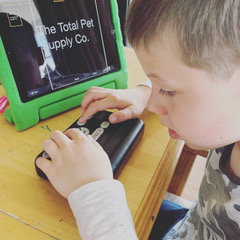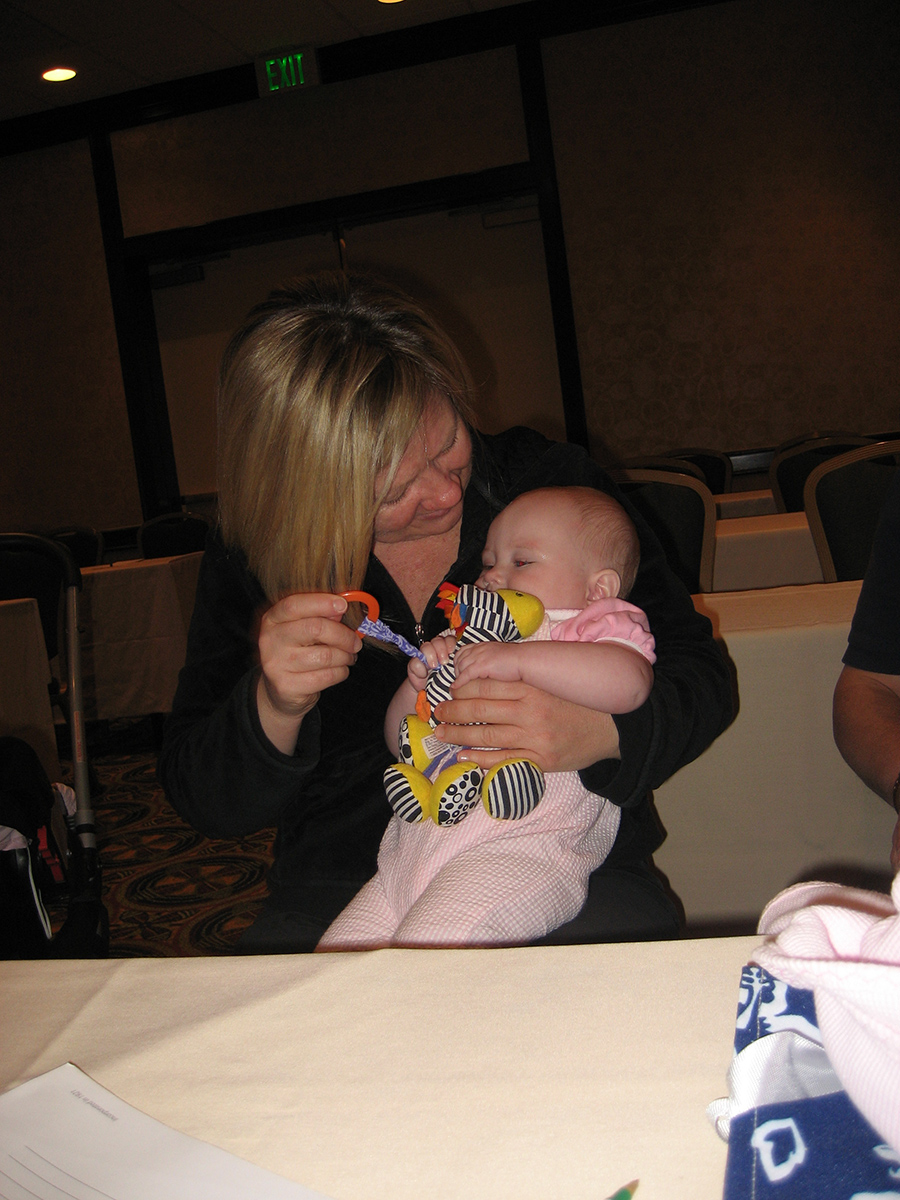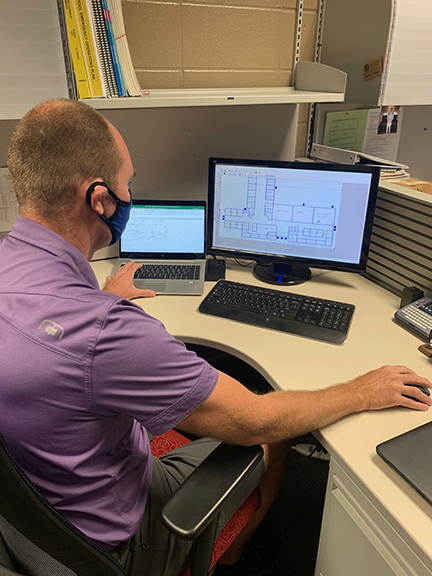Authors
Dr. L. Penny Rosenblum | Dr. Tina S. Herzberg | Dr. Tiffany Wild | Dr. Kathryn D. Botsford | Dr. Danene Fast | Dr. Justin T. Kaiser | Leanne K. Cook | Michelle A. C. Hicks | Jasamyn N. DeGrant | Dr. C. Rett McBride
Acknowledgements
The research team worked tirelessly and included the following authors:
Dr. L. Penny Rosenblum (Director of Research, American Foundation for the Blind), Dr. Tina S. Herzberg (Professor, University of South Carolina Upstate), Dr. Tiffany Wild (Associate Professor, The Ohio State University), Dr. Kathryn D. Botsford (President, Vision Education Research, LLC), Dr. Danene Fast (Clinical Assistant Professor,
The Ohio State University), Dr. Justin T. Kaiser (Clinical Assistant Professor, University of Kentucky), Leanne K. Cook (TVI, Portland Public Schools-Columbia Regional Program), Michelle A. C. Hicks (Doctoral Student, Virginia Commonwealth University), Jasamyn N. DeGrant (Graduate Student, University of Kentucky), and Dr. C. Rett McBride (Assistant Professor, Georgia State University Perimeter College).
Thank you to both Dr. Danene Fast and Ms. Amanda Gordon Stolz, who lent their expertise to our team as we developed the questions related to orientation and mobility. There were several individuals who reviewed drafts of the survey and we thank each of them for their time. We appreciate Dr. Paola Chanes-Mora (AFB) and Ms. Maria Delgado (formerly APH) who translated the survey into Spanish.
We appreciate the AFB staff members who dedicated time and made financial contributions to the development of this report.
Thank you to the organizations that shared information about the study and to the many individuals who took the time to complete the survey.
Suggested Citation
Rosenblum, L. P., Herzberg, T. S., Wild, T., Botsford, K. D., Fast, D., Kaiser, J. T., Cook, L. K., Hicks, M. A. C., DeGrant, J. N., & McBride, C. R. (2020). Access and Engagement: Examining the Impact of COVID-19 on Students Birth-21 with Visual Impairments, Their Families, and Professionals in the United States and Canada. American Foundation for the Blind.
Collaborators
The following 20 organizations, companies, and universities collaborated with the Access and Engagement survey. Through their commitment to this project, we were able to widely share information about the study.
- Academy for Certification and Education of Vision Rehabilitation Professionals
- Aira Tech Corp
- American Council of the Blind
- American Foundation for the Blind
- American Printing House for the Blind
- Association for Education and Rehabilitation of the Blind and Visually Impaired
- CNIB Foundation
- Council for Exceptional Children’s Division on Visual Impairment and Deafblindness
- Council of Schools and Services for the Blind
- Humanware
- National Braille Press
- National Organization for Albinism and Hypopigmentation
- Objective Ed
- Perkins School for the Blind
- Seedlings Braille Books for Children
- Texas School for the Blind and Visually Impaired
- University of South Carolina Upstate, Visual Impairment Program
- Vision Loss Rehabilitation Canada
- VisionServe Alliance
- Vispero
Terminology
The following terms are used in the report:
(Note: These definitions are not comprehensive but cover the ways the terms are used in this report.)
504 Plan: Plan that outlines the accommodations or supports students in the U.S. education system receive based on their specific needs. A 504 Plan does not provide for specialized instruction or consultation in the same way an Individualized Education Program (IEP) does.
Accessible information: Information that can be accessed via screen reader software, magnification, braille, audio description, captioning, sign languages (e.g., ASL, Signed English), visual interpreters, and support service providers. For example, maps, charts, and images may be accessible if they include a text description of visual content, large fonts, and high-contrast colors in the design.
Expanded core curriculum (ECC): A framework that includes nine areas of instruction in which many students with visual impairments require direct instruction. Areas of the ECC include compensatory skills, orientation and mobility, social interaction, independent living, recreation and leisure, sensory efficiency, assistive technology, career education, and self-determination.
Family member: Family member refers to the person completing the survey responsible for the care of the child. In the survey, the term family member/guardian was used.
Orientation and mobility (O&M): One’s ability to travel safely and efficiently through one’s environment.
Orientation and mobility (O&M) specialist: A trained professional who teaches travel skills to individuals who are visually impaired.
School-age student: Students in kindergarten through 12th grade as well as students in transition programs who may have graduated or received a certificate of completion but are still eligible for services under IDEA in the United States or their provincial authority in Canada.
Screen magnification software: Software that allows low vision users to adjust the size of the screen content and select alternative background/font combinations to make viewing content easier.
Screen reader software: Software that converts text to speech and allows the individual to use keyboard commands when using a mouse is not possible or efficient.
Social or physical distancing: The practice of maintaining at least 6 feet between one’s self and others to minimize COVID-19 spread.
Visually impaired (VI): Description applied in this report to individuals who are blind or have low vision unless specific information is provided related to either blindness or low vision.
Abbreviations
The following abbreviations are used throughout this report:
AFB: American Foundation for the Blind
APH: American Printing House for the Blind
CVI: cortical visual impairment
ECC: expanded core curriculum
EI: early intervention
IDEA: Individuals with Disabilities Education Act
IEP: Individualized Education Program
IFSP: Individualized Family Service Plan
O&M: orientation and mobility
PS: preschool
SA: school-age
TVI: teacher of students with visual impairments
VI: visually impaired



